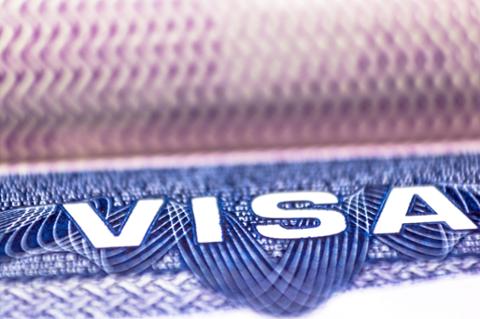The Biggest Threat to Your Job: Immigration or A.I.?
What do Americans view as the biggest threat to their long-term employment—immigration or artificial intelligence (A.I.)? The results are nearly split: some 58 percent believe that technology will devastate jobs, while 42 percent view immigration and offshoring as the gravest danger, according to data from Gallup. (That data was collected via a mail survey of 3,297 U.S. adults, conducted between Sept. 15 and Oct. 10, 2017.) These opinions are also split along political lines, according to the polling firm. “Republicans, who see immigration and offshoring as roughly an equal threat as technology, are the only subgroup of Americans not to see technology as a greater threat,” Gallup stated. Among Democrats, some 23 percent are concerned that their job could end up lost to automation and A.I., while only 9 percent think that immigration places their current position at existential risk. Overall, nearly three-quarters of Americans believe that A.I. will end up destroying more jobs than it creates, and almost one in four believe that their own job is at risk (by comparison, some 12 percent think that immigration and offshoring will take their job). The federal government has done relatively little over the past year to address concerns over artificial intelligence and automation, Gallop concluded: “U.S. Treasury Secretary Steven Mnuchin recently said that there was no need to worry about A.I. displacing American workers for a half century or more. Trump has been much more focused on the impact of immigration, based on the contention that immigrants take jobs away from Americans.” Within the tech community, A.I. and immigration are both hot topics. Although President Trump promised sweeping reforms to the H-1B visa program, which many tech companies use to pull workers from other countries into the U.S., those changes have taken place in a somewhat piecemeal manner (at least so far). For example, the United States Citizenship and Immigration Services (USCIS) has implemented a policy that companies seeking H-1B employees need to prove that open roles are specialized ones; meanwhile, the White House has made it clear that it wants to prevent spouses of H-1B visa holders from obtaining H-4 visas that would allow them to work. But larger H-1B reform remains mired on a Congressional level. While immigration is the source of a good deal of passion among tech pros, A.I. also poses some real dangers. In late 2017, a study by research firm Gartner suggested that A.I. and machine learning could eliminate as many as 1.8 million jobs by 2020, while creating 2.3 million new ones. While that net gain sounds pretty good, it’s far less comforting if your job is one vaporized by the rise of semi-intelligent machines. “Now is the time to really impact your long-term A.I. direction,” Svetlana Sicular, a Gartner research vice president, advised tech companies at the time. “For the greatest value, focus on augmenting people with A.I. Enrich people’s jobs, reimagine old tasks and create new industries. Transform your culture to make it rapidly adaptable to A.I.-related opportunities or threats.” Realistically, however, many companies won’t make that effort; managers will lay off human workers in favor of automated systems. And other analyst predictions are much more dire: for example, Oxford University researchers Carl Frey and Michael Osborne, in a highly controversial 2013 paper (PDF), predicted that roughly 47 percent of jobs in the United States could eventually become automated. Anyone working in tech knows it’s challenging to land (and keep) a job. The best antidote to most threats is to keep your skills up-to-date and your personal network engaged.



